Lab-Grown Diamonds: All The Details
What exactly are lab-grown diamonds, and how do they compare to natural diamonds? Let’s explore the science behind them, their benefits, and what makes them a compelling choice for modern collectors.
So, What Are Lab-Grown Diamonds?
Lab-grown diamonds are real diamonds—chemically, physically, and optically identical to natural ones. The only real difference? How they’re made. Instead of forming over millions (sometimes billions) of years beneath the Earth’s surface, they’re created in a controlled lab environment in a matter of weeks or months.
While many may confuse lab-grown diamonds with diamond simulants like cubic zirconia or moissanite, they’re not the same thing. Lab diamonds have the same hardness, brilliance, and durability as their mined counterparts… because chemically and visually, they are the real deal.
How Are Lab Diamonds Made?
Lab-grown diamonds are created using two main processes: Chemical Vapor Deposition (CVD) and High Pressure High Temperature (HPHT). Both methods produce beautiful diamonds, but they differ in how they mimic natural diamond formation. Let’s dive into it–
CVD (Chemical Vapor Deposition) Process
This method is a more advanced technique that allows for greater control over diamond quality. Here’s how it works:
- Diamond Seed Placement: A tiny slice of diamond—called a seed—is placed in a vacuum chamber.
- Carbon Gas Introduction: Carbon-rich gas (usually methane) is pumped into the chamber and heated to extreme temperatures.
- Diamond Growth: The carbon atoms attach to the seed, layer by layer, forming a pure diamond crystal over time.
- Cutting & Polishing: Once the diamond reaches its full size, it’s cut, faceted, and polished just like a natural diamond.
Because this process happens in a controlled environment, CVD-grown diamonds tend to have better clarity and fewer inclusions. At Marrow, we’ve chosen to work with lab diamonds grown using the CVD method because of their superior quality and responsible origins:
- Exceptional Purity – Fewer inclusions for breathtaking clarity.
- Precision & Control – A meticulous process for consistent color and brilliance.
- Conscious Craftsmanship – Lower energy consumption, no heavy metal catalysts, and a significantly reduced environmental impact compared to HPHT lab diamonds.
HPHT (High Pressure High Temperature) Process
HPHT was the first successful method for growing diamonds in a lab. It mimics the natural conditions deep within the Earth where diamonds form:
- Diamond Seed Placement: A tiny diamond seed is placed in a carbon-rich chamber.
- High Pressure & Temperature: The chamber is subjected to intense pressure (over 1.5 million PSI) and temperatures exceeding 2,700°F.
- Diamond Formation: The extreme conditions cause carbon to crystallize around the seed, forming a diamond.
- Cutting & Polishing: Once fully formed, the rough diamond is cut and polished like any other diamond.
HPHT diamonds often have a slightly warmer color, but advanced treatments can refine their hue. Many of the largest lab-grown diamonds are produced using this method.
How are Natural Diamonds Made?
Natural diamonds are formed deep within the Earth's mantle under extreme heat and pressure. Here’s how the process works:
- Carbon Source – Diamonds are made of carbon, which comes from deep within the Earth, possibly from ancient organic material or carbon-rich minerals.
- Extreme Conditions – At depths of around 90-150 miles (150-240 km), temperatures exceed 2,000°F (1,100°C), and pressures are immense. These conditions force carbon atoms into a crystal lattice structure, forming a diamond.
- Volcanic Eruptions – Over millions (or even billions) of years, diamonds remain buried until rare volcanic eruptions bring them closer to the surface. These eruptions create kimberlite pipes, which are the primary sources of natural diamonds.
- Mining & Discovery – Once near the surface, diamonds are extracted through mining, then cut and polished to become the brilliant gemstones we know.
Fun fact: Natural diamond formation takes millions to billions of years, making them some of the oldest natural materials on Earth!
The 4 Cs: Lab vs. Natural Diamonds
No matter the origin, diamonds are graded by the same universal standard, which you’ve likely already heard of–the 4 Cs (cut, color, clarity, and carat). This ensures that whether lab-grown or natural, diamonds are evaluated for quality, beauty, and value using the same meticulous criteria.
- Cut: The artistry behind a diamond’s brilliance. Both lab and natural diamonds can be cut to ideal proportions, maximizing fire and scintillation.
- Color: Graded from D (colorless) to Z (yellow/brown). Lab diamonds tend to appear more colorless, though some may carry a unique cool-toned tint from trace elements.
- Clarity: Assesses inclusions and blemishes. Natural diamonds form with organic inclusions over time, while lab diamonds may have internal metallic characteristics from their growth process.
- Carat: Measures weight, not size. A 1-carat diamond is identical in weight whether natural or lab-grown, but lab diamonds often offer greater accessibility in larger sizes at a more attainable price point.
Lab-Grown vs. Natural Diamonds: How Do They Compare?
Lab-grown and natural diamonds share identical physical and chemical properties, but their origins (and their impact) are what set them apart. Here’s a closer look at how they compare:
Formation & Rarity—
- Natural Diamonds: Formed over millions of years under intense heat and pressure deep within the Earth’s crust.
- Lab-Grown Diamonds: Created in a lab within weeks or months using advanced technology.
- The Takeaway: Natural diamonds have a unique history and rarity factor, while lab-grown diamonds offer a high-quality alternative with more consistency.
Price & Value—
- Natural Diamonds: Tend to hold better resale value due to rarity and market demand.
- Lab-Grown Diamonds: Generally cost 30-40% less than natural diamonds of comparable quality.
- The Takeaway: If investment value is a priority, natural diamonds might be the better choice. But if you’re looking for a more affordable yet equally stunning alternative, lab-grown is a great option.
What About Antique Diamonds?
Here’s where things get even more interesting. When talking about natural vs. lab-grown diamonds, we also have to acknowledge the appeal of antique diamonds—which offer another sustainable option.
Unlike modern natural diamonds (which are cut for maximum brilliance), antique diamonds were cut by hand, before modern technology existed. This means they have a completely different look—softer, more romantic, with unique faceting that catches the light in a dreamy, vintage way.
Jillian, Founder & Designer on antique diamonds:
“We’re seeing a growing number of clients drawn to antique diamond cuts. They’re an ideal choice for those who prefer natural diamonds but want to avoid new mining and/or for those who don’t resonate with lab created diamonds. There's something truly special about these stones—each one was hand-cut over a century ago and crafted to catch the glow of candlelight. It’s a romantic, unique quality, as no two antique diamonds are identical, making them unlike anything modern technology can produce”
Some key differences between antique and modern diamonds:
- Cut Styles: Antique diamonds often feature old mine cuts, old European cuts, or rose cuts—whereas modern diamonds are precision-cut for fire and sparkle.
- Sustainability: Since they’ve already been in circulation for generations, antique diamonds are one of the most sustainable options available.
- Charm & Uniqueness: No two antique diamonds are exactly alike. They each have a story and character you just don’t get with newly made stones.
At Marrow, we’ve always been passionate about sourcing and repurposing gorgeous antique diamonds—but we also love the innovation that comes with lab-grown stones.
Shop Antique Diamond Designs
Breaking Myths About Lab-Grown Diamonds
Even though lab-grown diamonds are becoming more popular, there are still a few myths floating around. Let’s clear those up, shall we?
- Myth 1: Lab Diamonds Aren’t ‘Real’ Diamonds
Totally false! Lab-grown diamonds are chemically and visually identical to natural diamonds. Even gemologists need specialized equipment to tell them apart. - Myth 2: Lab Diamonds Have No Resale Value
While resale value for diamonds (natural or lab) fluctuates, lab-grown diamonds are starting to gain traction in the secondary market. - Myth 3: Lab Diamonds Look Different From Natural Diamonds
Nope! A high-quality lab-grown diamond will be indistinguishable from a high-quality natural one.
The Future of Diamonds in Fine Jewelry
The world of fine jewelry is evolving, and both natural and lab-grown diamonds have their place in it. What we expect to see:
- More innovative designs using both natural and lab-grown diamonds.
- A rise in demand for antique diamonds as consumers look for sustainable, one-of-a-kind pieces.
- Continued growth in the lab-grown market as sustainability becomes a bigger priority.
At Marrow, we’re just getting started with lab-grown diamonds. While we’ll always have a love for antique and repurposed stones, we’re also excited about this modern, sustainable alternative that aligns with the values of today’s collectors.
So, Which Diamond Is Right for You?
There’s no wrong answer—it all depends on what speaks to you:
- If you love history, rarity, and want the most sustainable option out there, antique diamonds are a beautiful choice. Each one is truly one-of-a-kind, full of character, and already in circulation—which makes them the most eco-conscious option by far.
- If you're drawn to the idea of a natural diamond with enduring value, mined stones offer timeless beauty and can be passed down as heirlooms for generations.
- If you prioritize sustainability, ethical sourcing, and affordability, lab-grown diamonds are an incredible choice.
Whatever you decide, we’re here to help you find a diamond that tells your story. Book an appointment with our jewelry experts virtually, at one of our showrooms, or at a trunk show in a city near you.
![Til Death Black Enamel Band - 4mm [yellow gold front]](http://www.marrowfine.com/cdn/shop/files/Til_Death_Black_Enamel_Band_-_4mm.png?crop=center&height=1000&v=1727821921&width=1000)
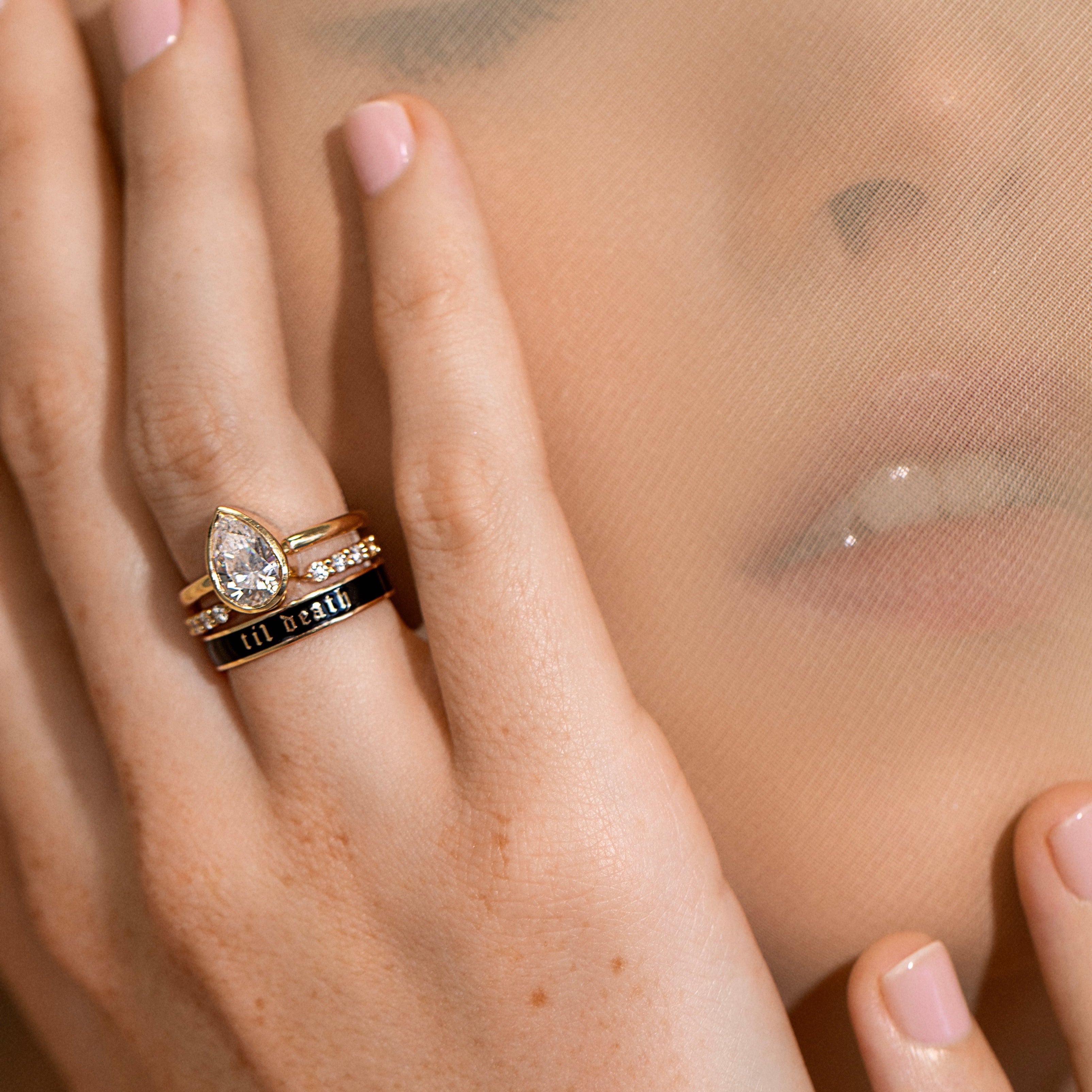
![White Diamond Mini Lucy Wave Band [Yellow Gold]](http://www.marrowfine.com/cdn/shop/files/WhiteDiamondMiniLucyWaveBandYG.jpg?crop=center&height=1500&v=1741022376&width=1500)
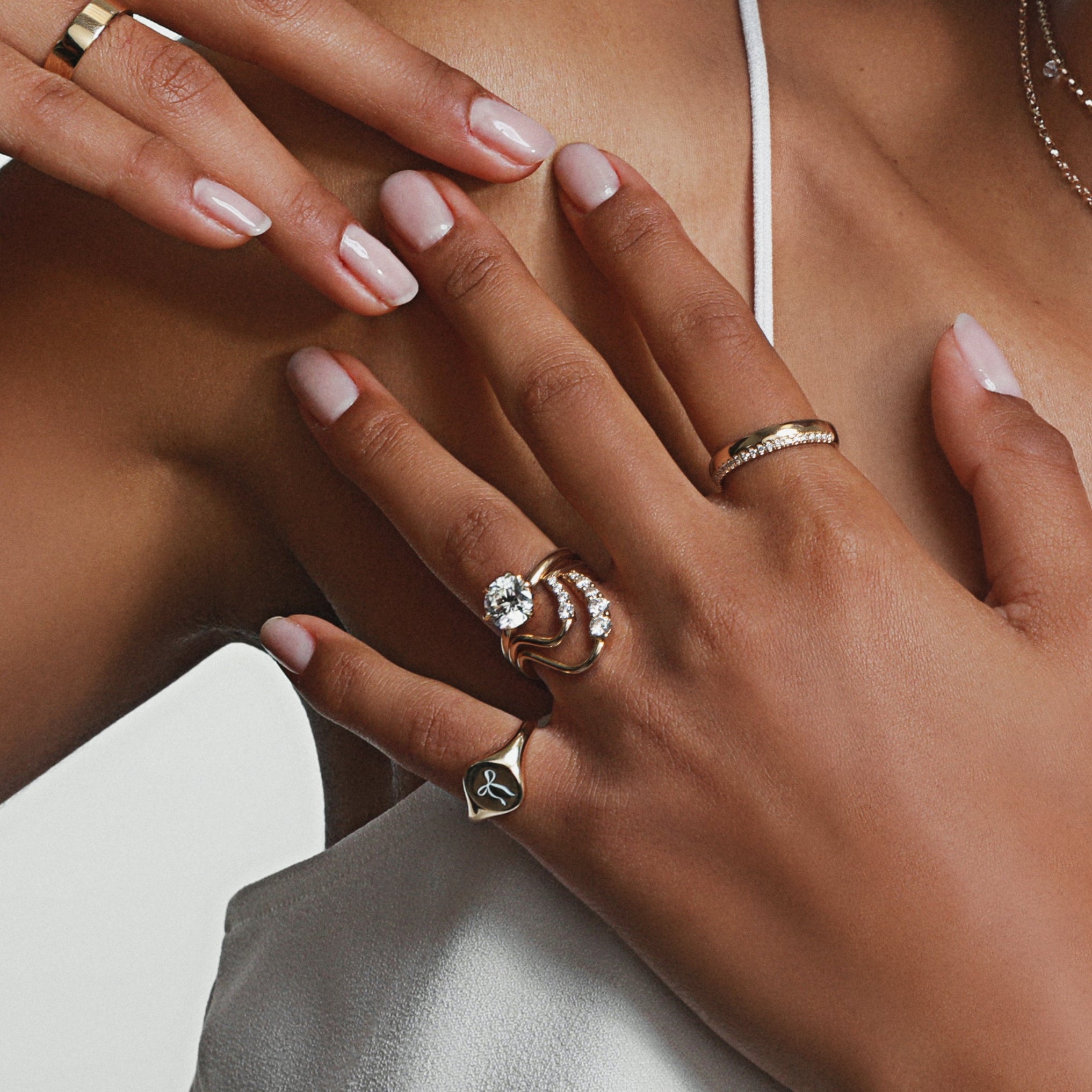
![Something Blue Enamel Band [Yellow Gold]](http://www.marrowfine.com/cdn/shop/files/SomethingBlueEnamelBand.png?crop=center&height=1000&v=1727823884&width=1000)
![Something Blue Enamel Band [on hand]](http://www.marrowfine.com/cdn/shop/files/SomethingBlueEnamelBand_5.png?crop=center&height=1000&v=1740416231&width=1000)

![Marrow Fine Jewelry 6mm Til Death Black Enamel Band [Yellow Gold]](http://www.marrowfine.com/cdn/shop/files/Til_Death_Black_Enamel_Band_-_6mm.png?crop=center&height=240&v=1727823220&width=240)
![White Diamond Mini Lucy Wave Band [Yellow Gold]](http://www.marrowfine.com/cdn/shop/files/WhiteDiamondMiniLucyWaveBandYG.jpg?crop=center&height=240&v=1741022376&width=240)
![Everyday Wave Band - 3mm [Yellow Gold]](http://www.marrowfine.com/cdn/shop/files/LargeEverydayWaveBand_YG.jpg?crop=center&height=239&v=1719357278&width=240)
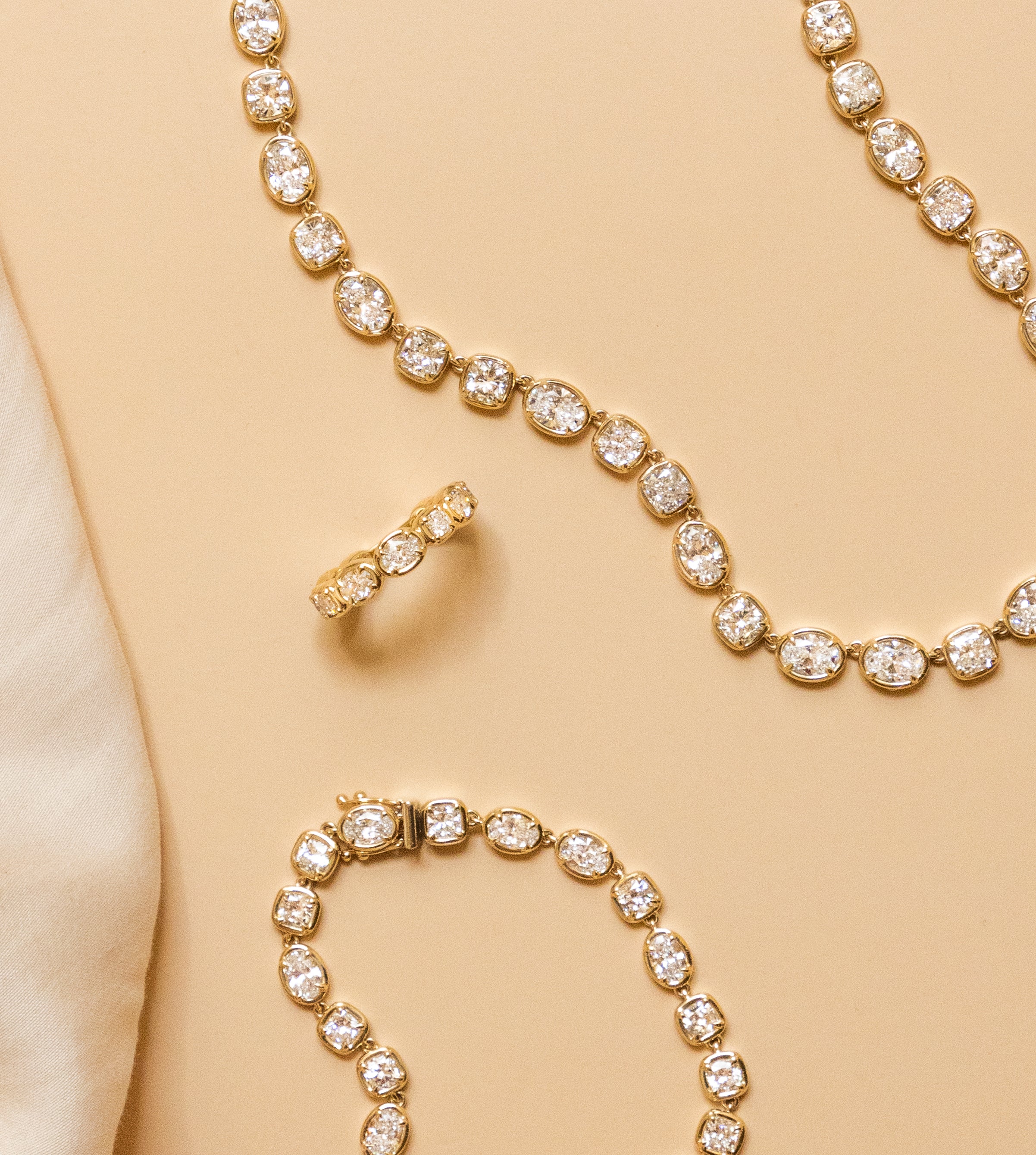


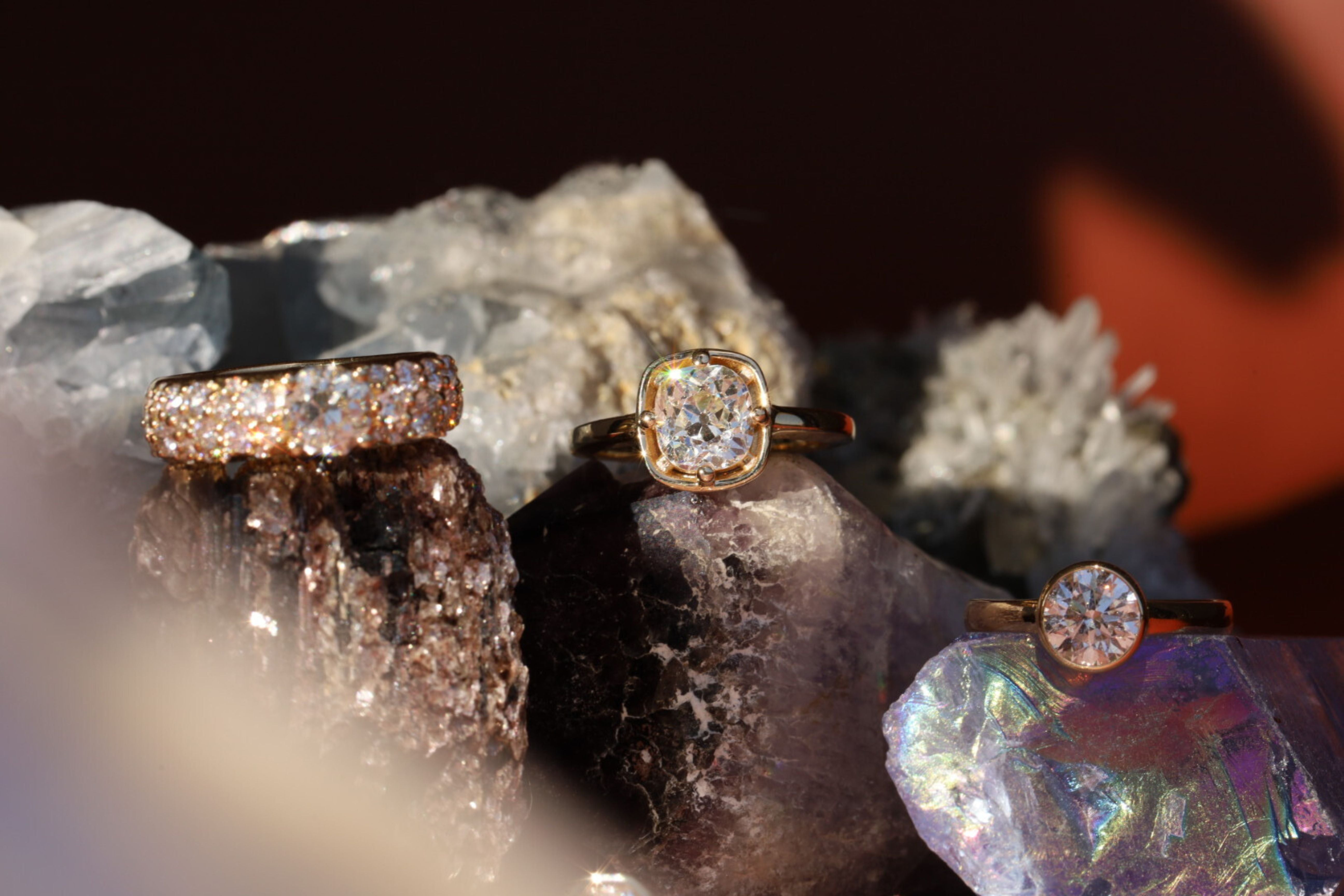



![0.90ct Diamond Camille [front flat lay]](http://www.marrowfine.com/cdn/shop/files/0.90ct_Diamond_Camille_OOAK.jpg?crop=center&height=1000&v=1732212981&width=1000)
![0.90ct Diamond Camille [on hand]](http://www.marrowfine.com/cdn/shop/files/0.90ct_Diamond_Camille.jpg?crop=center&height=2500&v=1732565408&width=2500)
![1.46ct Old Mine Diamond & 1.52ct Sapphire Chloe [front flat lay]](http://www.marrowfine.com/cdn/shop/files/1.46ct_Old_Mine_Diamond_1.52ct_Sapphire_Chloe_OOAK.jpg?crop=center&height=1000&v=1732212937&width=1000)
![1.46ct Old Mine Diamond & 1.52ct Sapphire Chloe [on hand]](http://www.marrowfine.com/cdn/shop/files/1.46ct_Old_Mine_Diamond_1.52ct_Sapphire_Chloe.jpg?crop=center&height=2754&v=1732565356&width=2754)
![2.66ct Diamond Camille [front flat lay]](http://www.marrowfine.com/cdn/shop/files/2.66ct_Old_Euro_Diamond_Camille_OOAK.jpg?crop=center&height=1000&v=1732212903&width=1000)
![2.66ct Diamond Camille [on hand]](http://www.marrowfine.com/cdn/shop/files/2.66ct_Diamond_Camille_2.jpg?crop=center&height=2821&v=1732565305&width=2821)
![1.86ct Antique Pear Diamond Sloane [front flat lay]](http://www.marrowfine.com/cdn/shop/files/1.86ct_Antique_Pear_Diamond_Sloane_OOAK.jpg?crop=center&height=1000&v=1732212792&width=1000)
![1.86ct Antique Pear Diamond Sloane [on hand]](http://www.marrowfine.com/cdn/shop/files/1.86ct_Antique_Pear_Diamond_Sloane_3.jpg?crop=center&height=3333&v=1732565246&width=3333)
![1.55ct Old Mine Diamond Verona [flat lay]](http://www.marrowfine.com/cdn/shop/files/1.55ct_Old_Mine_Diamond_Verona_OOAK.jpg?crop=center&height=1500&v=1724785855&width=1500)
![1.55ct Old Mine Diamond Verona [flat lay]](http://www.marrowfine.com/cdn/shop/files/1.55ct_Old_Mine_Diamond_Verona.png?crop=center&height=1278&v=1726699338&width=1278)


![0.46ct Emerald Cut & 0.42ct Old Euro Diamond Toi et Moi Ring [Yellow gold]](http://www.marrowfine.com/cdn/shop/files/0.46CT_EMERALD_CUT___0.42C_OLD_EURO_DIAMOND_TOI_ET_MOI_YG_OOAK_0424-070.jpg?crop=center&height=1500&v=1717165278&width=1500)

![2.56ct Sapphire and Diamond Toi et Moi Ring [Yellow Gold]](http://www.marrowfine.com/cdn/shop/files/2.56CT_SAPPHIRE_AND_DIAMOND_TOI_ET_MOI_OOAK-0424-066.jpg?crop=center&height=1500&v=1717164531&width=1500)






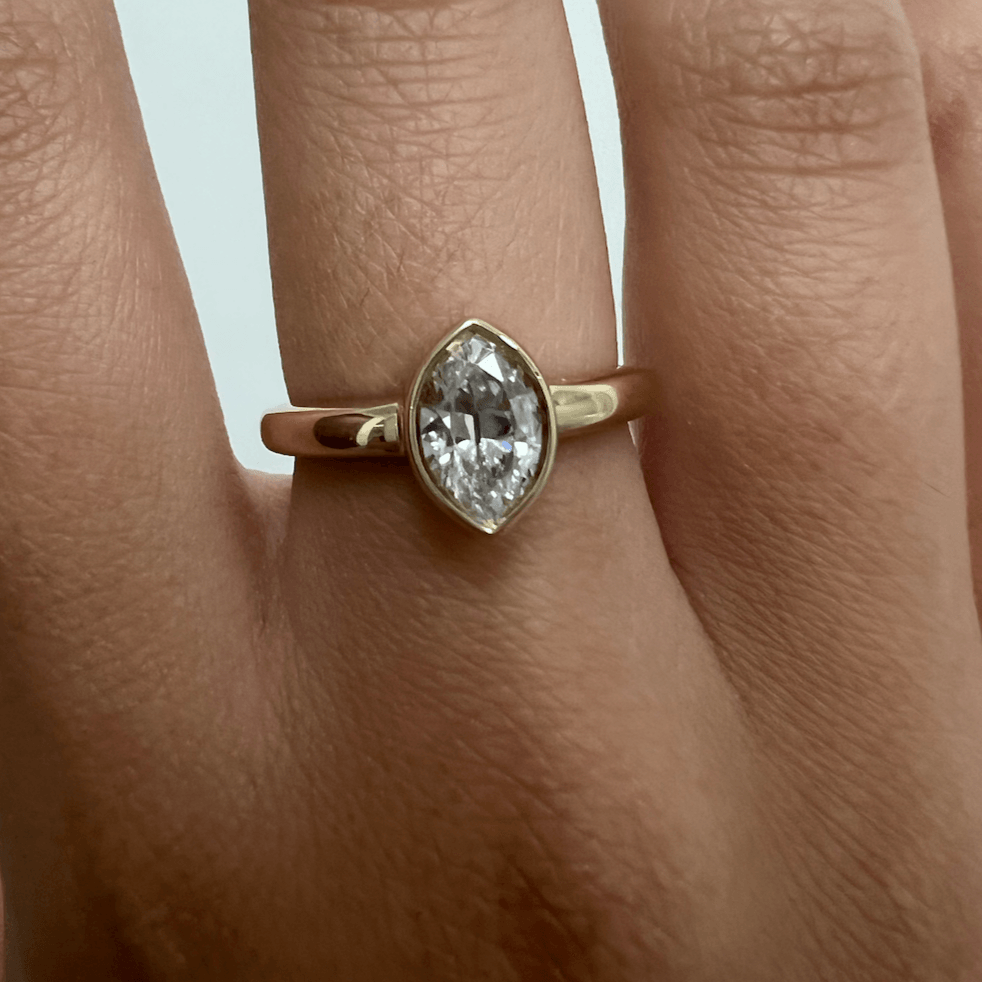
![[yellow gold]](http://www.marrowfine.com/cdn/shop/products/antiquepearthreestone.png?crop=center&height=3000&v=1705629226&width=3000)
![[yellow gold]](http://www.marrowfine.com/cdn/shop/products/antiquepearthreestonesideview.png?crop=center&height=3000&v=1705629242&width=3000)
![[yellow gold]](http://www.marrowfine.com/cdn/shop/products/Marrow-fine-product-emerald-may-jewelry-birthstone_0000s_0008_MF-0322-023.jpg?crop=center&height=3000&v=1705627929&width=3000)
![1.87ct Antique Pear and Emerald Split Shank [On Hand]](http://www.marrowfine.com/cdn/shop/files/1.87ct_Antique_Pear_and_Emerald_Split_Shank_Stacked.jpg?crop=center&height=1505&v=1719949188&width=1505)
![Marrow Fine Jewelry Antique Pear Sloane Engagement Ring [White Gold]](http://www.marrowfine.com/cdn/shop/products/AntiquePearSloaneEngagementRing.png?crop=center&height=3000&v=1705627801&width=3000)

![[yellow gold]](http://www.marrowfine.com/cdn/shop/products/toi-et-moi.png?crop=center&height=3000&v=1705626995&width=3000)

![Marrow Fine Jewelry White Gold Old Cut Diamond Bombe [White Gold]](http://www.marrowfine.com/cdn/shop/products/WhiteGoldOldCutDiamondBombeMarrowFine_0000s_0001_MF-1121-059.jpg?crop=center&height=3000&v=1705626992&width=3000)



![Marrow Fine Jewelry White Diamond Mixed Shapes Chunky Brushed Metal Solid Gold Cigar Band Ring [Yellow Gold]](http://www.marrowfine.com/cdn/shop/products/WhiteDiamondShapesCigarBandMarrowFine_0000s_0001_MF-0721-007.jpg?crop=center&height=3000&v=1705623768&width=3000)

